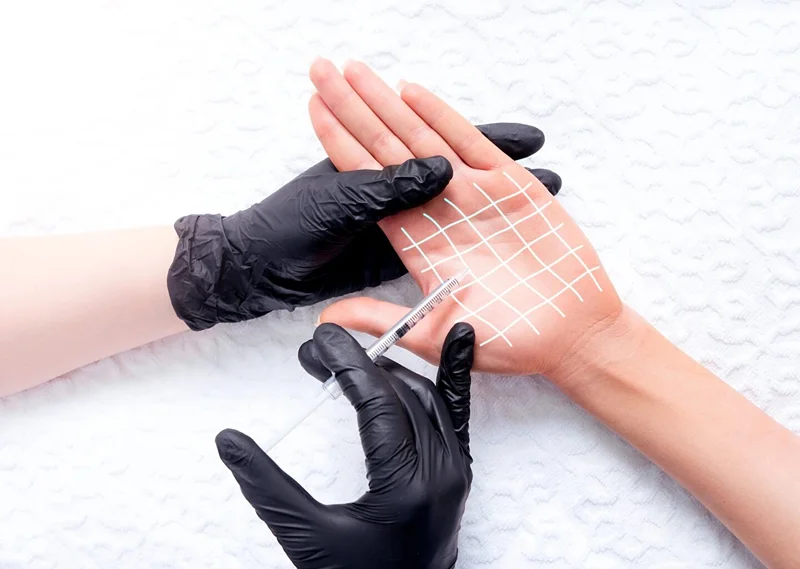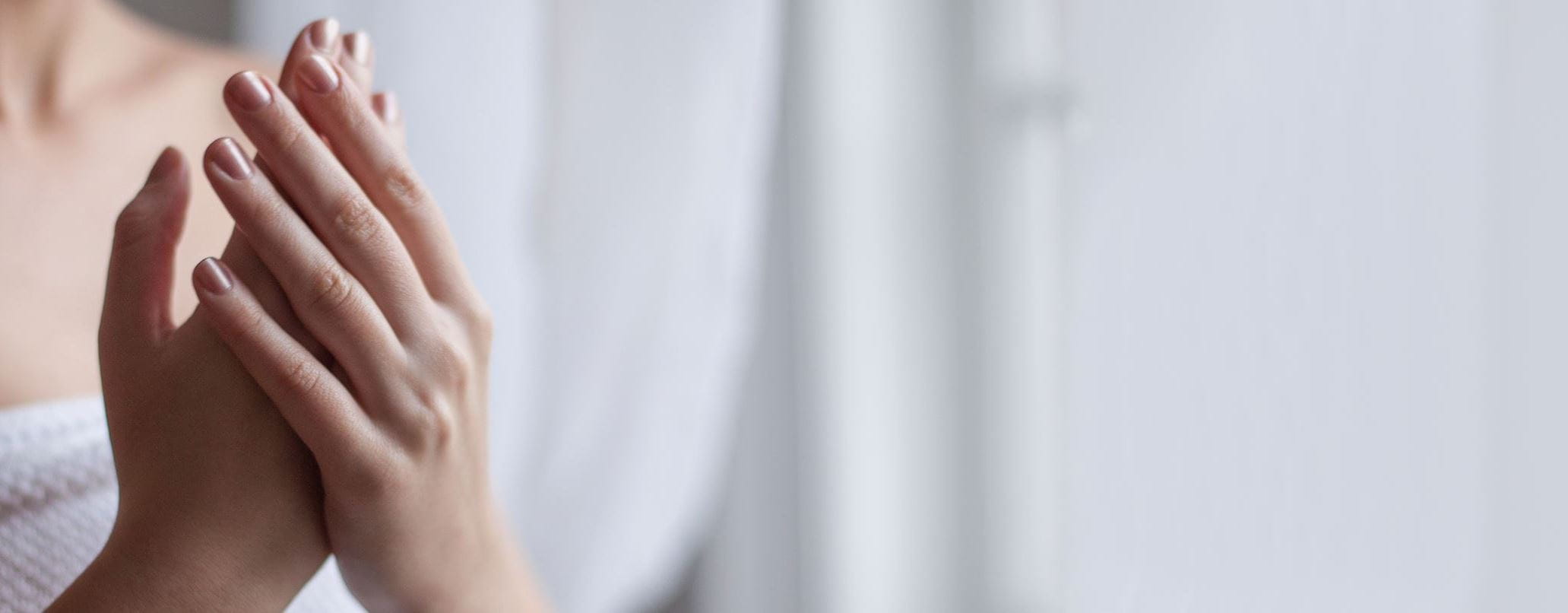Targeted Dermatology Treatments for Hyperhydrosis of Hands and Feet: Effective Solutions
Targeted Dermatology Treatments for Hyperhydrosis of Hands and Feet: Effective Solutions
Blog Article
Introducing the Complexities of Excessive Sweating: A Comprehensive Overview to Medical Diagnosis and Management
Extreme sweating, medically understood as hyperhidrosis, is a condition that affects a significant number of individuals and can have an extensive effect on their high quality of life. While sweating is a natural bodily feature, its overactivity in hyperhidrosis offers an one-of-a-kind collection of difficulties that commonly go beyond mere discomfort.

Comprehending Hyperhidrosis Causes
Hyperhidrosis triggers can be attributed to different variables such as genetics, hormonal inequalities, and certain medical problems. Genes play a significant function in key focal hyperhidrosis, where individuals inherit the problem from their household members. By determining the certain factors contributing to extreme sweating, medical care suppliers can customize treatment plans to address the underlying cause, supplying relief and improving the high quality of life for people influenced by hyperhidrosis.
Recognizing Hyperhidrosis Symptoms

Additionally, hyperhidrosis signs may manifest in psychological and social distress, as individuals may really feel self-conscious or nervous about their sweating, bring about evasion of social circumstances (Sweaty hands treatment). Additionally, duplicated episodes of extreme sweating can result in skin maceration, fungal infections, and a general reduction in self-esteem
Diagnostic Refine for Hyperhidrosis
Launching the diagnostic procedure for extreme sweating involves thorough examination of the individual's case history and checkup. Asking about the start, duration, and triggers of sweating episodes is vital to distinguish in between primary focal hyperhidrosis and second generalized hyperhidrosis. Case history must also consist of questions regarding drugs, medical problems, and household background of hyperhidrosis.
During the checkup, particular focus is paid to the areas impacted by sweating. The doctor might assess the degree of sweating, look for signs of underlying conditions, and review the impact of sweating on the individual's top quality of life. Additionally, specific examinations like the gravimetric examination, starch-iodine test, or skin conductance measurements might be performed to quantify the amount of sweat created.
Moreover, in instances where second hyperhidrosis is suspected, additional tests such as blood examinations, pee examinations, and imaging researches might be advised to recognize the underlying reason for too much sweating. The analysis procedure intends to precisely figure out the kind and cause of hyperhidrosis to assist proper administration methods.
Treatment Options for Hyperhidrosis
When dealing with excessive sweating, various therapy alternatives are readily available to ease symptoms and improve the individual's lifestyle. The therapy technique for hyperhidrosis relies on the extent of signs and symptoms and the individual's action to preliminary therapies.
Topical therapies, such as aluminum-based antiperspirants, are often advised as the very first line of defense for managing light situations of hyperhidrosis. These products function by plugging the sweat ducts, hence minimizing the amount of sweat that gets to the skin's surface. For individuals with extra serious symptoms, dental medicines like anticholinergics might be recommended to help lower sweating. Nevertheless, these medications can have negative effects and are not appropriate for everyone.

Effective Administration Methods
To properly manage hyperhidrosis, a detailed and personalized therapy plan tailored to the client's particular needs and reaction to previous therapies is important. This plan may include a mix of healing techniques, consisting of way of life modifications, topical treatments, dental drugs, botulinum toxic substance injections, iontophoresis, and in severe cases, medical treatments like sweat gland removal or sympathectomy. Way of living alterations such as using moisture-wicking clothes, using antiperspirants, and exercising stress-reducing methods can complement clinical treatments. Topical antiperspirants including aluminum chloride are often the first-line therapy, with stronger formulations readily available for resistant cases. Dental medications like anticholinergics might be recommended for generalized hyperhidrosis. Botulinum contaminant injections work for focal hyperhidrosis, giving momentary relief by obstructing the release of acetylcholine. Iontophoresis, entailing the use of a low electric current to minimize sweat gland task, can be useful for both palmoplantar and axillary hyperhidrosis. Surgical options are generally booked for serious, refractory you can find out more instances and need mindful consideration of advantages and risks. A multidisciplinary technique involving skin doctors, primary treatment doctors, and, if necessary, cosmetic surgeons, can optimize the administration of hyperhidrosis.
Verdict
In verdict, hyperhidrosis is a problem identified by extreme sweating, which can considerably affect an individual's quality of life. With correct medical diagnosis and administration methods, individuals suffering from hyperhidrosis can find alleviation and enhance their general well-being.
Too much sweating, clinically understood as hyperhidrosis, is a condition that influences a substantial number of individuals and can have a profound influence on their high quality of life. By determining the specific variables adding to excessive sweating, medical care carriers can customize treatment plans to address the underlying reason, using relief and boosting the high quality of life for individuals influenced by hyperhidrosis.
Hyperhidrosis, defined by excessive sweating past what is required for managing body temperature, can substantially impact a person's quality of life. Making inquiries regarding the start, duration, and triggers of sweating episodes is why not try here vital to distinguish in between primary focal hyperhidrosis and second generalized hyperhidrosis. Sweaty hands treatment.In conclusion, hyperhidrosis is a condition identified anchor by excessive sweating, which can substantially impact a person's top quality of life
Report this page